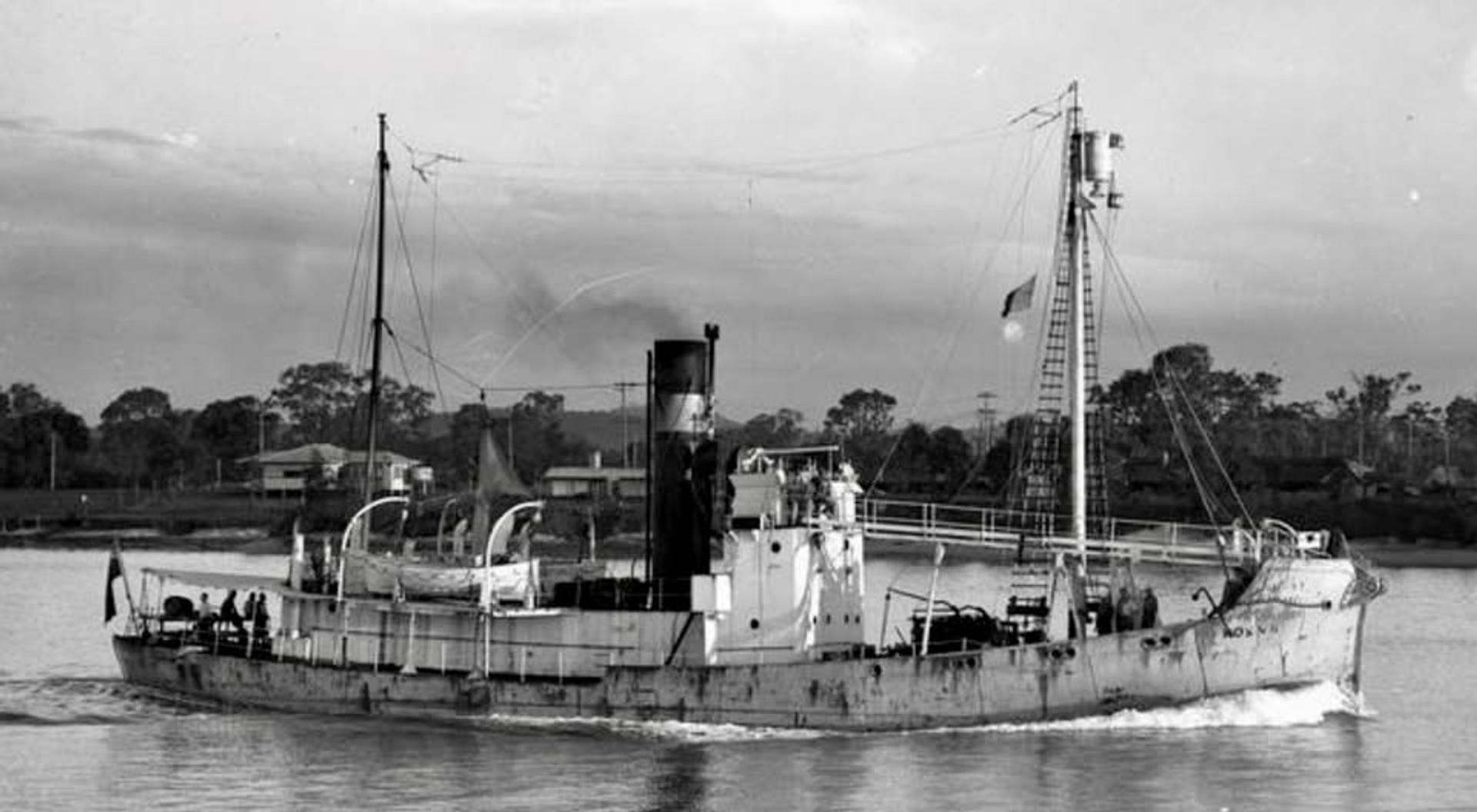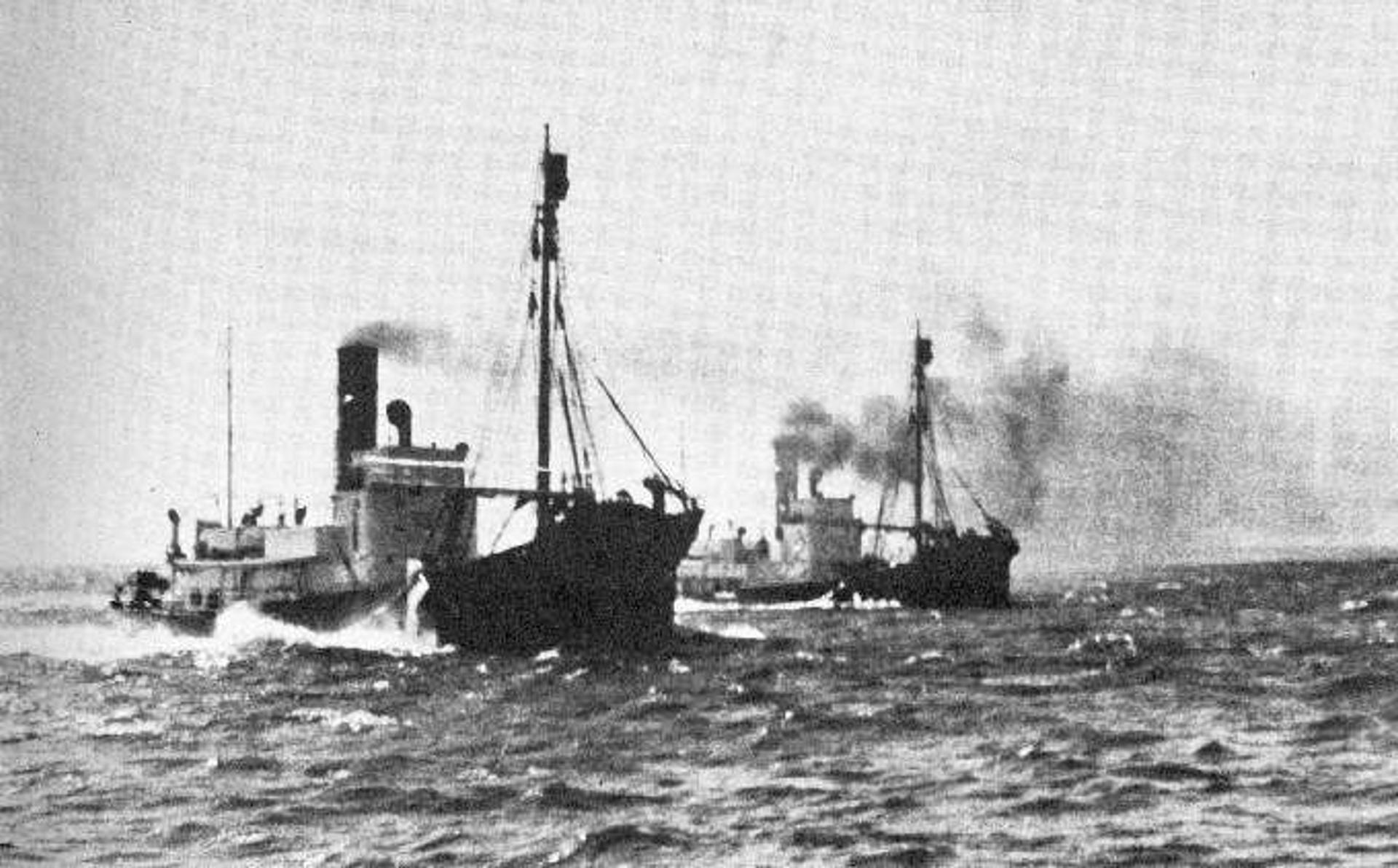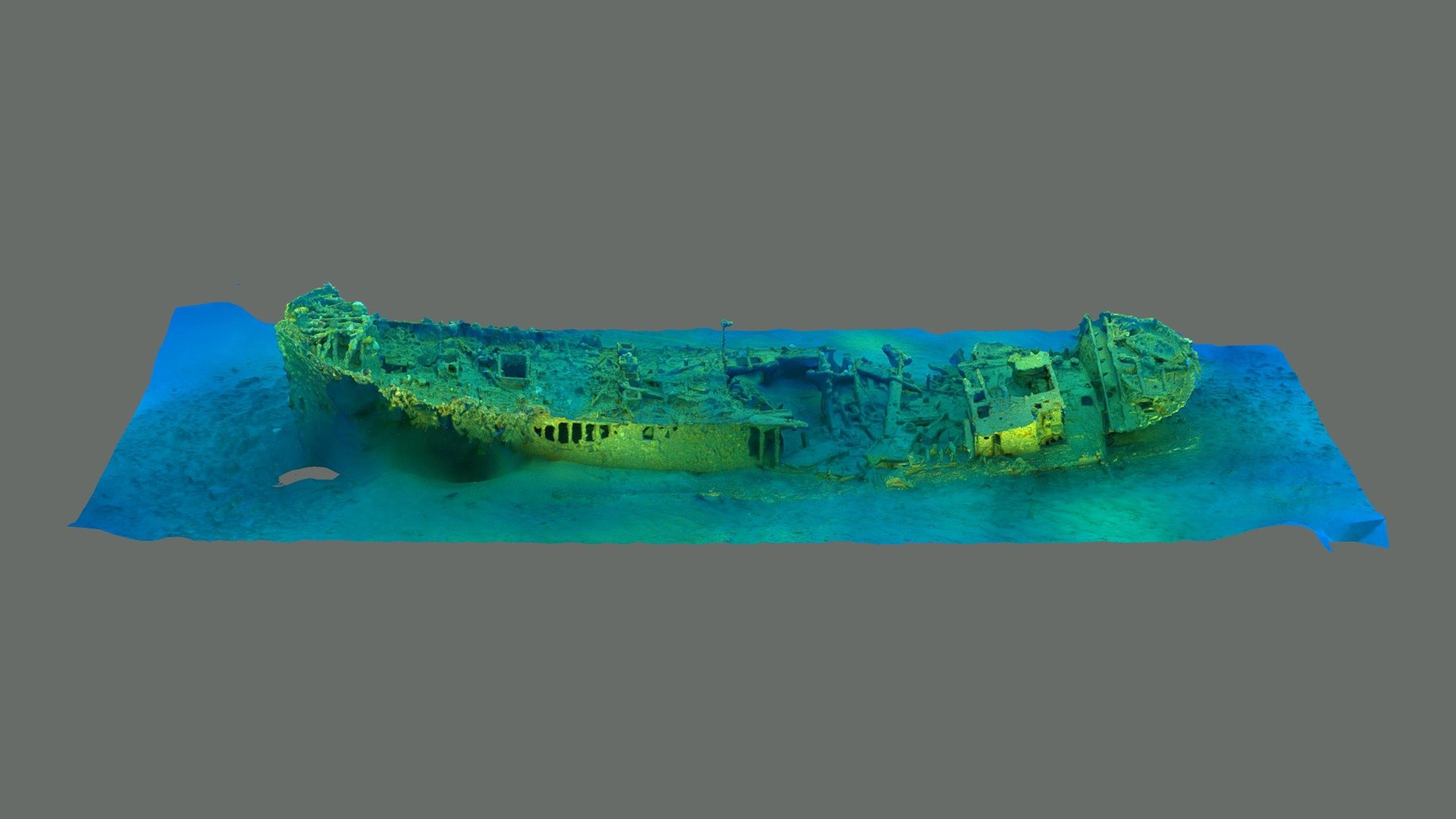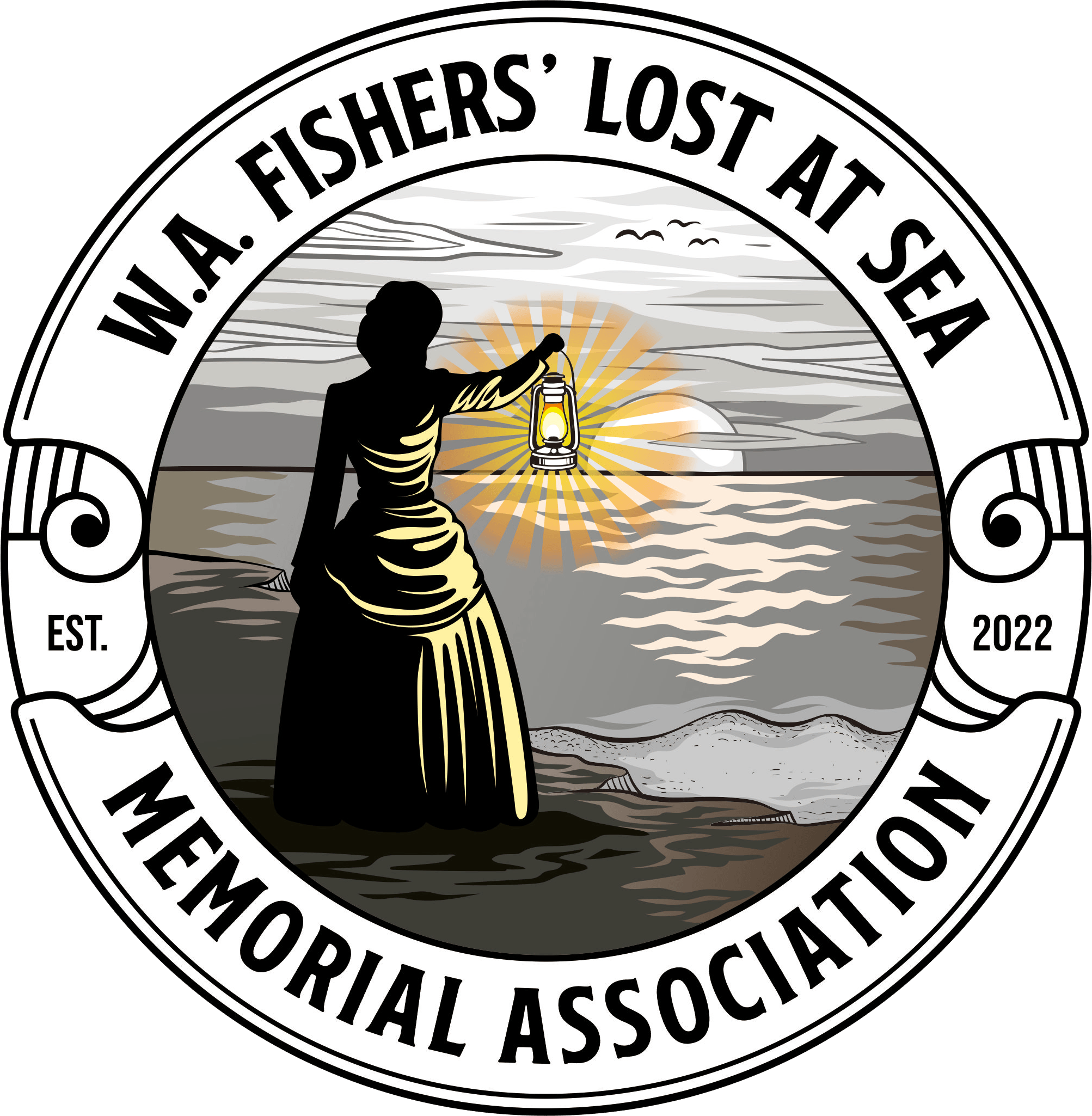John Mathiesen
Vessel Name: Kos ll
John Mathiesen (Johny Mathisen)
Struck by a whale tail; body recovered
23 August 1937


Kos 1 and Kos ll

A model of the wreck of Kos ll
John Mathiesen seems to have worked his way from Sandefjord, Norway to Australia aboard an American whaler. The whale fleets journeyed from America through the Atlantic to Western Australia in the Indian Ocean and down to Antarctica each year. Most whalers signed on for a two-year contract, since it could take that long to fill their holds with oil.
There is not a lot of information available about John between his arrival in Fremantle and his work with Norway's Western Operating Corp (First Fleet), a large whaling outfit led by the processing steamboat, 10,780-ton Ulysses.
Ulysses was built in 1915 as a tanker and converted to a whale-oil factory in Sweden for £500,000 by the Western Trading Corporation. Ulysses was registered in New York and flew under the American flag.
Ulysses had 211 crew of her own, and another 189 aboard her survey and chaser boats. Her crew worked in shifts around the clock. She had as many as eight chaser boats working at a time. They included Hval 1, Ross 1, Kos 1, Kos II and HJ Bull.
In the 1937 season, John commanded the Hval. He ensured the chaser met with Ulysses at Shark Bay. From there John was transferred to Kos II to hunt humpback and sperm whale migrating south. When the boats moved to the Southern Ocean, some of the fleet hunted in Antarctica (boats could only hunt every second year, so fleets were split). Then John transferred to HJ Bull, the biggest chaser of her kind, capable of acting as a mother boat for the Antarctic leg of the season.
In 1936 the Ulysses hunted with another large oil-production boat Frango and her six chaser boats. They had a lucrative season. Ulysses had taken oil from 2000 whales from Shark Bay during the Australian leg of the season but the 1937 had not started as well. There was pressure on both outfits to catch as many whale as they had in the previous season. The crews were share-fishing, so they had a keen interest in catching as much as possible.
John had been transferred to Kos II, a steamboat with 248 gross tons. She measured 35.3 metres in length, and 7.3 metres across her beam She drew 3.9 metres of water. She had a steel hull and a three-cylinder oil-fired triple expansion engine, a single shaft and screw. The crew answered to Captain Mikkelson of the Ulysses, Captain Hansen as manager of the factory aboard, and Captain Melson as the West Australian representative of the whaling company.
John had a brother, Alexander, in the Ulysses outfit, who worked with John aboard the whale chaser Kos II. Newspapers reported John was 31 years of age and had a wife and a baby in Norway who was a few months old.
On the evening of 23 August 1937 John was working aboard Kos II. He was fastening a harpooned whale to the bow of the factory boat with the help of three other men in the chaser boat. The whale had been laying quietly, but it rolled over and swept the deck of Kos II with its tail. The three men with John ducked in time. John was a little closer to the tail, tying it off on the factory boat, and he did not have time to move.
The whale struck John’s face and head with its tail fin. John flew backwards across the boat. The fall caused significant damage to the front of his head. The back of his head struck the boat’s winch, fracturing his skull.
John was unconscious. He was transferred to the Ulysses where the doctor looked at his injuries. He was beyond help. He regained consciousness briefly, before dying a short time later.
John’s brother asked for John to be buried ashore. Since they were hunting offshore from Shark Bay, a message was sent to Carnarvon as the major settlement in the area seeking permission for the burial of a foreign whaler.
By 25 August there was no word of permission for land burial. The decision was made to conduct a burial at sea. John’s body was taken aboard the HJ Bull. They took John out behind Bernier Island and buried him at sea.
They returned to the fleet, to find permission had been granted while they conducted the ceremony.
Kos II continued on the whaling route until the Antarctic, and then her season was done for the year. She went to Port Chalmers, New Zealand for repairs, some of which had occurred when the whale struck the boat. She worked until 1974 when she was scuttled by explosives in 117 metres of water near Rottnest Island.
